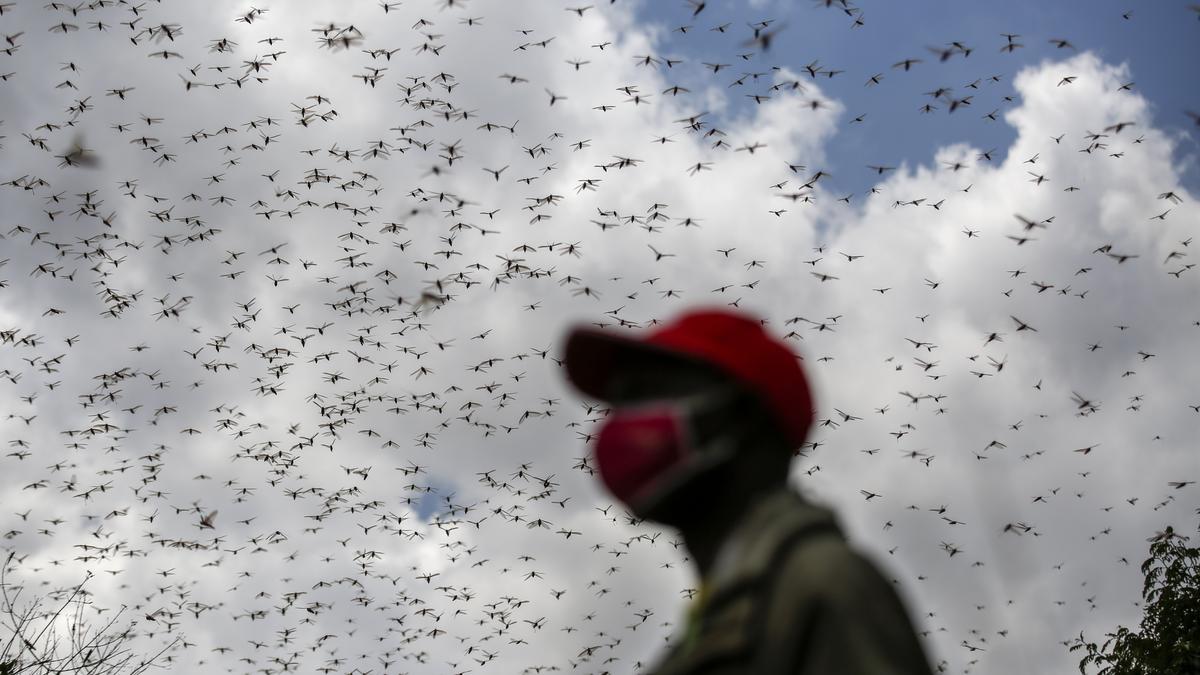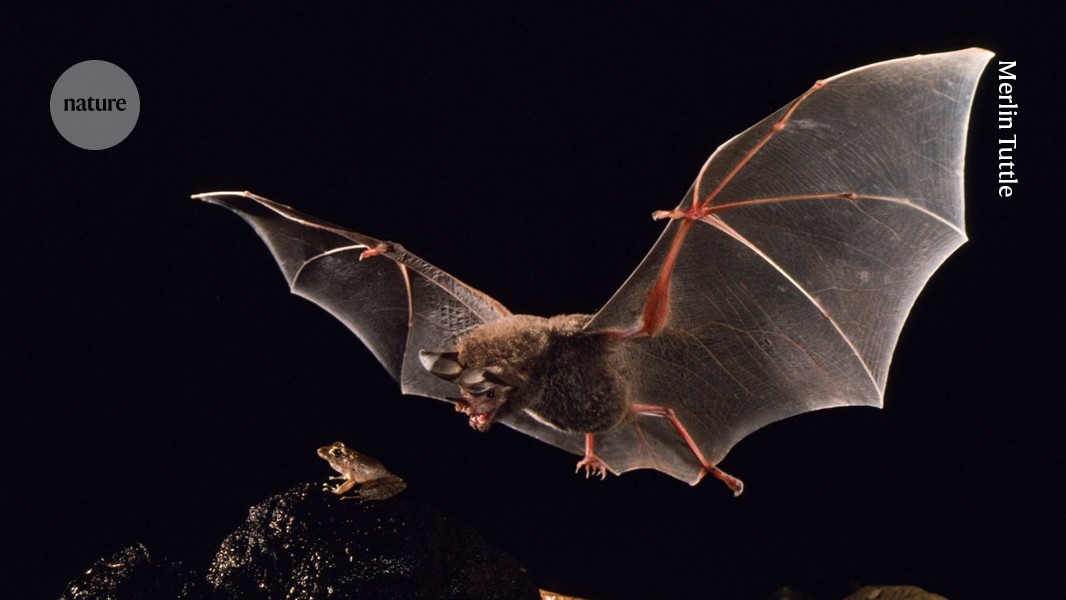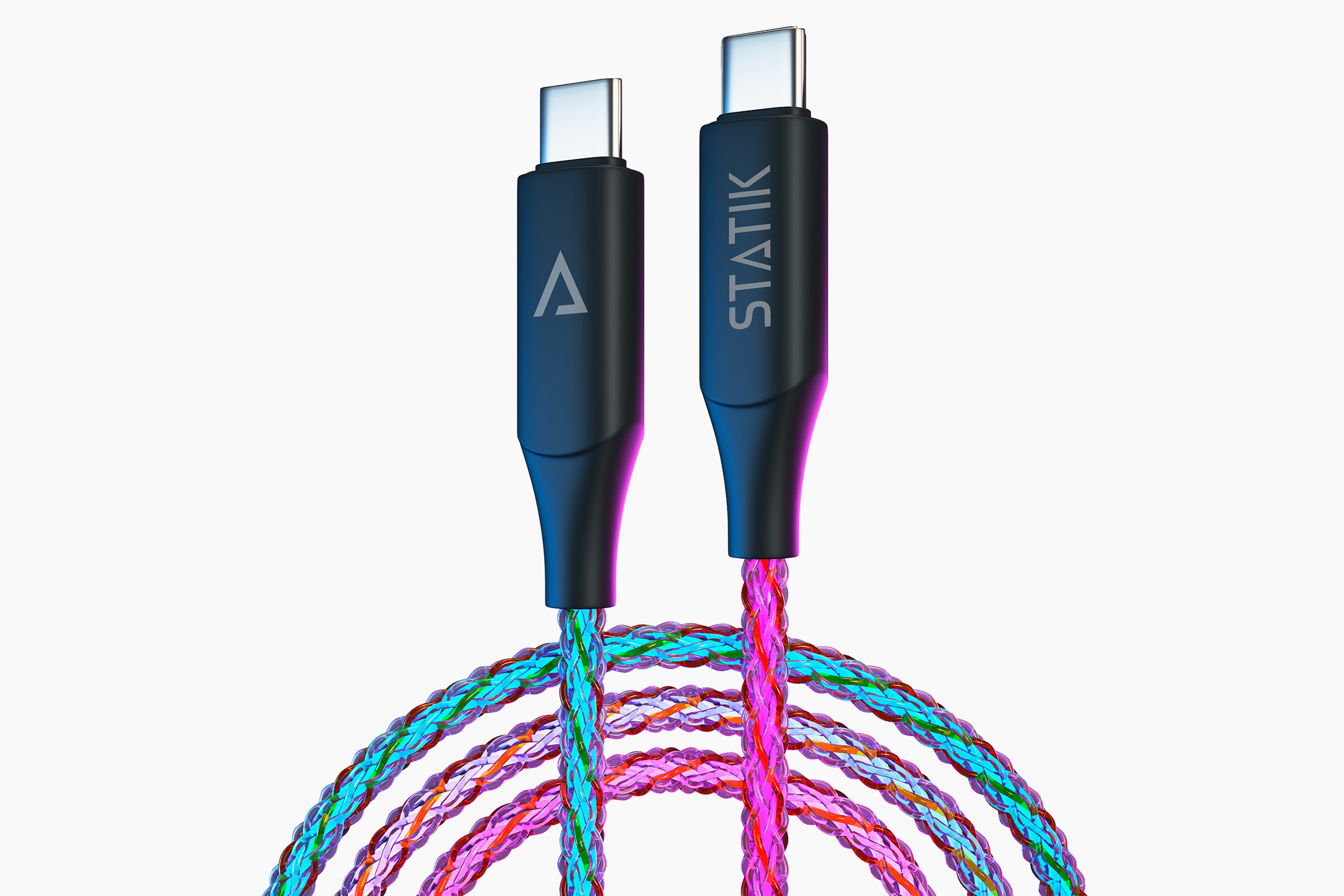Young bats develop a ‘caller ID’ to avoid poisonous prey
‘Like human children, young bats needed time and experience to hone their discrimination skills.’ The post Young bats develop a ‘caller ID’ to avoid poisonous prey appeared first on Popular Science.

To avoid being poisoned by their own prey, some animals must rely on visual cues. However, the frog-eating fringe-lipped bat (Trachops cirrhosus) uses sound instead of looking out for bright colors. The species is known to eavesdrop on frog and toad mating calls to locate its prey and also learns how to tell the difference between unpalatable frogs and toads. The discovery provides the first evidence that eavesdropping predators like bats can fine-tune their hunting cues as they learn. The findings are detailed in a study published April 29 in the journal Proceedings of the Royal Society B.
Fringe-lipped bats are a carnivorous species that range from Panama to Brazil. According to Bat Conservation International, they are named for the wart-like bumps that dot its lips and muzzle, which may secrete toxin-neutralizing factors from the skin of the frogs they eat.
These bats are some of the most skilled eavesdroppers in the wild. Studies have shown that the bats are attuned to the sexual advertisement calls of more than 12 frog and toad species. If a fringe-lipped bat hears a call, it will fly toward the sound within only a few seconds. However, not every frog or toad call guarantees a safe and healthy meal. An amphibian could be too large or emit a toxin that poses danger to the bat.
As a way to adapt to this risk, fringe-lipped bats have developed a system similar to caller ID on phones. If they hear a call from an unpalatable frog or toad, the bats can save their time and energy by ignoring and not responding. Unlike our phone calls, frog and toad calls do not come with automatic “spam” warnings, so scientists did not know where the bats ability to distinguish between palatable and unpalatable frogs came from.
[ Related: How bats avoid crashing into one another. ]
“It’s truly remarkable that these bats hunt using the calls of an entirely different group of animals in the first place, and we have wondered for a long time how these bats acquire this unusual skill,” Logan James, a study co-author and postdoctoral researcher at the Smithsonian Tropical Research Institute (STRI), said in a statement. “We knew from previous research that these bats are very clever and can learn during experiments, but we had not tested whether their aptitude for learning had a role in fine-tuning their responses to sound cues from their natural prey.”
In the new study, the team tested how individual, wild-caught adult and juvenile fringe-lipped bats responded to mating call recordings of 15 local frog and toad species. The frogs were a mix of species known to be palatable, toxic, or too large to handle.
The team first confirmed previous studies showing that adult bats responded more strongly to palatable versus unpalatable animals. However, the team found that juvenile bats did not make the same distinctions. On average, the younger bats did not respond differently to the frog and toads calls based on palatability.
When they took a closer look, the team saw that the juveniles could identify the larger prey by their calls, but not the calls of toxic species. This indicates that juveniles tend to respond to body size earlier in their development, but likely learn to pinpoint the toxic species over time.
“We have studied this fascinating species for years, and in many aspects, we understand its behavior very well,” study co-author and STRI staff scientist Rachel Page said in a statement. “But this was the first time we had ever tested juvenile bats. It was so interesting to see that, like human children, young bats needed time and experience to hone their discrimination skills.”
The team believes that this listening and learning strategy is widespread across the animal kingdom. Fringe-lipped bats are not the only predators to learn how to eavesdrop and use sound to distinguish palatable prey. According to the team, this study does show how critical getting this kind of experience early in life is to shaping predatory behaviors in the wild.
“This study highlights the power of development and learning to shape eavesdropping behavior, an insight that may extend far beyond bats to other predators also navigating complex sensory environments,” Ximena Bernal, a study co-author, research associate at STRI, and ecologist at Purdue University, said in a statement. “We hope it will inspire other scientists to examine how early experience modulates predator-foraging decisions.”
The post Young bats develop a ‘caller ID’ to avoid poisonous prey appeared first on Popular Science.















































































































.jpeg?#)





























